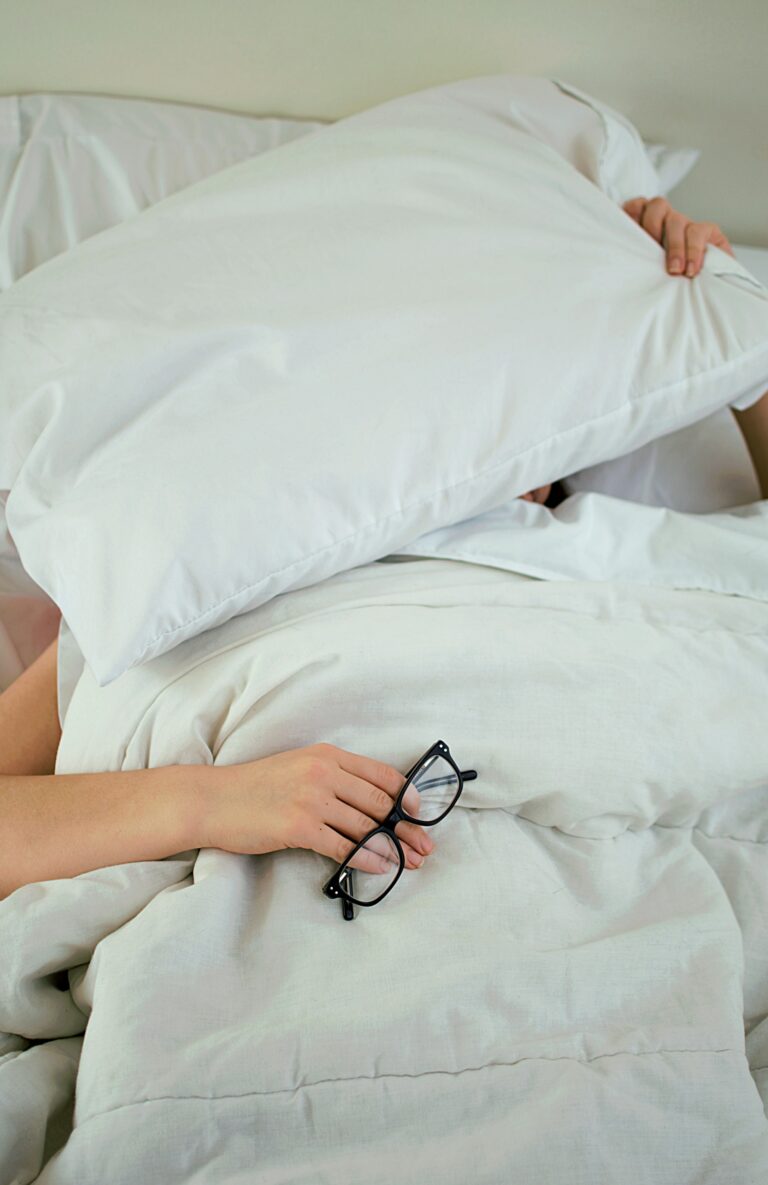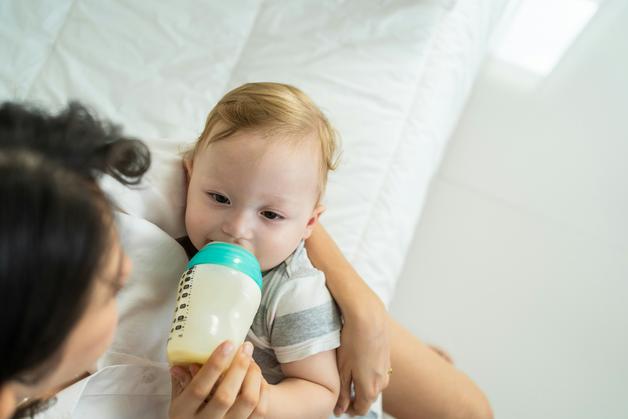The soft rhythm of a parent’s touch—sometimes light as a feather, sometimes just a tad firmer—brings a unique comfort to babies, doesn’t it? Many parents, both new and experienced, find themselves searching for natural ways to calm a fussy newborn, encourage restful sleep, or simply connect more deeply. Baby massage, with its legacy rooted in both tradition and medical science, stands out as an age-old remedy that’s undeniably relevant even today. So many questions arise—Is massage safe for infants? Should certain oils be avoided? When is the best moment to try it, and what if the little one just squirms away? From understanding physical benefits (think: circulation, digestion, immune support) to real-life techniques you can apply in a few minutes each day, this exploration aims to replace hesitation with reassurance, and ‘how?’ with ‘let’s try!’
The science and promise of baby massage
Why does baby massage earn its renown across generations and continents alike? Multiple clinical studies highlight some impressive physiological changes—lowered cortisol levels (the stress hormone), improved circulation and oxygen flow, and notably, stronger parent-infant bonding. Tactile stimulation, via gentle pressure along your baby’s limbs or abdomen, directly impacts the parasympathetic nervous system: that’s the biological pathway responsible for relaxation. When cortisol drops, melatonin (the sleep hormone) nudges drowsiness, and endorphins foster calm. At the same time, the repetitive stroking movements encourage more robust blood flow, better oxygenation, and even support a steady heart rate—all essential as your little one adapts to life outside the womb.
Scientific publications and seasoned pediatricians alike repeatedly point to these benefits:
- Relief from colic and gas: Massaging the abdomen in clockwise circles can gently stimulate the digestive tract. This encourages the movement of gas bubbles—a mundane but real source of distress for many infants.
- Enhanced motor development: Daily tactile experiences strengthen not just muscles but also proprioceptive feedback. In simpler words, your baby becomes more aware of their body and its position, paving the way for milestones like rolling or crawling.
- Improved sleep cycles: Touch can be deeply regulatory. Evening massage leads to longer stretches of deep sleep and more peaceful daytime naps.
- Immune system support: Repeated gentle pressure on skin and soft tissues can boost white blood cell counts (the soldiers of immune defense) in some infants—a fascinating finding from several comparative medical studies.
Paediatric associations consistently champion baby massage for its holistic impact on early development, cautioning only to observe infant cues carefully and to be patient with initial resistance.
When—and how—to introduce baby massage in daily care
Perhaps you’re wondering—is there a “right time” to begin? Generally, baby massage may be safely introduced from birth, though paediatricians often advise waiting until after the six-week newborn examination, especially if your child was premature. Every baby’s temperament and receptiveness differ: for some, those first attempts will be met with instant gurgles of delight, for others, only with a brief tolerance followed by a tiny protest.
How to proceed, then?
- Observe and respond to cues: Smiling, relaxed limbs, and calm coos are green lights; a firm arch, reddening, or steady crying signals that it’s time to stop and try later.
- Timing matters—choose a window when your baby is neither hungry nor immediately post-feed. After a nap or bath, when your infant is alert and calm, is ideal.
- Keep sessions short—5 to 10 minutes suffice at the start. If your baby wants more, let the session stretch, but never force persistence.
- Repeat consistently—several times a week, or as a nightly bedtime ritual, both help anchor the benefits for sleep and comfort.
Medical literature underscores the necessity of gentle technique and parental intuition, and recalls that there’s no need for expert-level skill—the focus is always on connection and well-being.
Preparing for baby massage: creating a safe and supportive environment
Setting the stage for a soothing baby massage extends far beyond simply prepping a bottle of oil. Environmental comfort is paramount—draft-free, softly lit rooms provide calm, while a warm towel beneath your baby offers essential support.
A few essentials:
- Hand hygiene: Wash thoroughly, trim nails, remove rings or bracelets. Babies’ skin is thinner and more susceptible to scratches or irritation.
- Choosing the right oil or lotion: Here’s where some parents become anxious. Paediatric dermatologists typically recommend natural, hypoallergenic, fragrance-free oils—sunflower, coconut oil, or canola top the list. Steer clear of almond oil (allergy potential) and anything strongly perfumed or synthetic. Always conduct a patch test on the inside of the forearm, monitoring for redness or rash over 24 hours.
- Keep clean, soft towels, wipes, and a spare diaper within reach.
Some practitioners even incorporate elements from Ayurveda or neonatal physiotherapy—using warm plant-based oils and rhythmical movements, respectively—but the principles of safety and gentle technique remain the foundation for every effective baby massage.
Techniques and step-by-step routines for baby massage
The variety and complexity of baby massage techniques might appear daunting, yet even the simplest routines yield real benefit. Here’s a stepwise approach, combining global best practices and modern research in infant care:
- Legs and feet first: Gently encircle the thigh with your thumb and index finger, stroking downwards to the ankle, using smooth, even pressure. Massage each foot, and softly roll every tiny toe—this both soothes and increases limb awareness.
- Tummy massage: Using the flats of your hands, move in slow, clockwise circles centered on the belly button. This aligns with natural intestinal movement and can bring marked relief for babies troubled by trapped wind or constipation.
- Arms and hands: Enfold each forearm, working from the shoulder to the wrist; open the palm, and lightly roll each finger between your own.
- Chest: Place your hands centrally, then gently glide outward as if opening the cover of a book—this can feel exceptionally calming.
- Back: With your baby lying on their tummy, stroke from shoulders down to buttocks, avoiding any direct spinal pressure.
- Head and scalp: Using only your fingertips, trace careful circles, always steering clear of the soft fontanel and staying attuned to your baby’s cues.
Some babies signal clear enjoyment—others may prefer just a few strokes. Sessions can always be tailored to individual temperament, and it’s perfectly normal for preferences to change with age.
Baby massage oils and products: balancing tradition and medical safety
Selecting the optimal oil or lotion for baby massage isn’t merely about texture—it’s a question of skin compatibility, absorption, and allergenic risk. Dermatological consensus recommends:
- Natural plant-derived oils like sunflower or canola—they penetrate gently, rarely provoke reactions, and are widely available.
- Coconut oil may be suitable, provided there’s no history of allergy.
- Never use almond or peanut oils on infants, since even trace exposures can sensitize the immune system.
- Essential oils, unless explicitly approved for paediatric use, are to be avoided.
- Patch testing remains restlessly important, especially for babies with atopic dermatitis or eczema history.
- If your baby’s skin is exceptionally sensitive or prone to react, consult your paediatrician before introducing any new product.
Cultural traditions and the global landscape of baby massage
Baby massage, while often spotlighted as a modern health intervention, traces its origins to deeply rooted family practices. In Ayurveda, ritualistic oil massage—abhyanga—is performed for strength, warmth, and immune fortification, using slow, deliberate motions. Concurrently, across several Asian and African communities, post-bath massage is considered essential, believed to impart “resilience” and guard against infections. Western paediatric care has, in recent decades, adopted gentle baby massage practices both in neonatal units (notably for premature babies) and at home, emphasizing communication, skin-to-skin contact, and mindful touch.
Troubleshooting and misconceptions: what if baby massage doesn’t soothe, or seems awkward?
A common concern—“My baby squirms away, rejects touch, or becomes fussy. Does this mean something’s wrong?” Absolutely not. Every baby, like every adult, has changing moods. Sometimes fatigue, overstimulation, or even room temperature is all it takes for a little one to resist. Wait and try a different time—ideally when your baby is most alert and content.
Another widespread idea: that baby massage can “cure” colic or illness entirely. Scientific evaluation makes clear—massage cannot treat underlying disease, yet it reliably soothes, supports, and helps manage symptoms.
What about oil safety? Only products intended for baby skin should be used—never adult creams, essential oils, or “multi-purpose” cooking oils.
Finally, some parents worry they lack the “right” technique. Medical consensus dispels perfectionism; what matters most is consistent, attentive contact and parental presence.
Integrating baby massage into family routines
Whether it’s after bathtime, before a mid-morning nap, or simply a brief five-minute pause amidst daily bustle—the regular practice of baby massage fosters connection and reassurance. Both parents (and even siblings) can participate, gradually sculpting family rituals that unlock moments of laughter, peace, and shared relaxation.
And when schedules go awry? Even three or four gentle strokes can carry the full emotional benefit, provided they’re offered with attention and care.
Key Takeaways
- Baby massage brings measurable support to your baby’s sleep quality, digestion, immune health, and emotional security.
- No expert level skill is required—gentle touch, observant eyes, and patience are all the essentials.
- Safe oils—sunflower, canola, or pediatrician-recommended coconut oil—should be preferred, with patch testing the gold standard.
- Adapt technique, duration, and routines to suit your own child’s evolving preferences and your family’s unique rhythm.
- Remember, the value lies in regularity and bodily connection, not perfection.
- If ever you feel uncertain, health professionals can offer guidance, and resources abound.
- For personalized advice, support, and even health questionnaires for children, parents can explore the Heloa app.
Questions Parents Ask
Is there a best time of day to do baby massage?
Often, after a bath or before bedtime proves to be the most rewarding. Babies seem naturally receptive when relaxed and alert—not when hungry or just fed. However, every child sets their own rhythm. If massage doesn’t go as planned initially, there’s always another chance; consistency, rather than perfection, makes all the difference.
Can I use any oil or lotion for baby massage?
It’s always safer to opt for oils and creams specifically made for baby care—hypoallergenic, natural, and fragrance-free. Sunflower, coconut, and canola oils are usually safe choices, but a quick patch test (placing a tiny drop on the forearm and observing for 24 hours) is wise, especially if there’s a family history of allergies. Wary about irritation? Always consult your healthcare provider.
What should I do if my baby doesn’t seem to enjoy massage?
That can happen, and it’s entirely normal. Babies have moods and preferences that shift day to day. If you notice squirming, fussing, or turning away, take a break—try again later when your child seems more relaxed or in good spirits. Respect for your baby’s cues is the foundation of trust, and your presence is what genuinely brings the greatest comfort.
Further reading:









